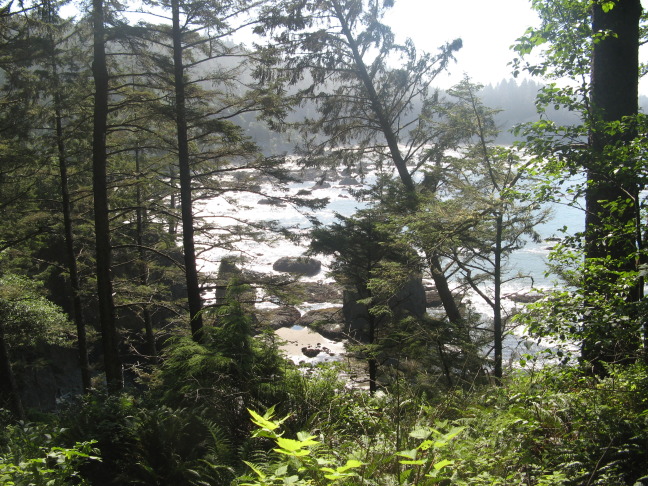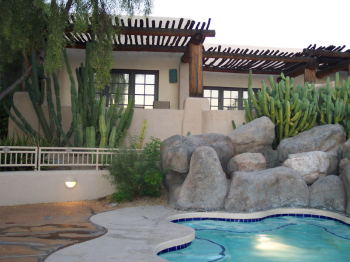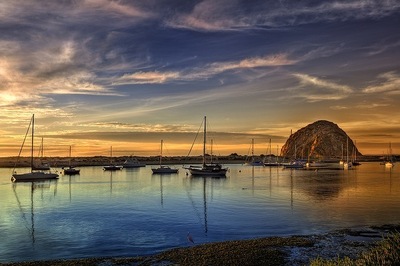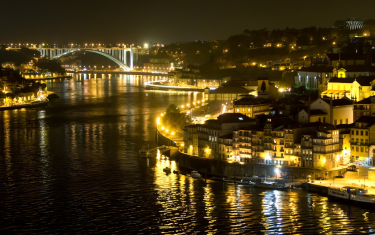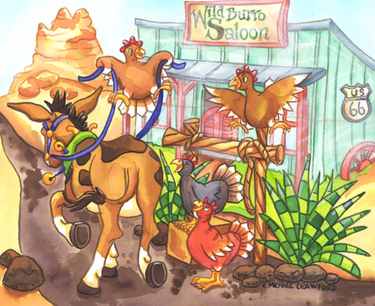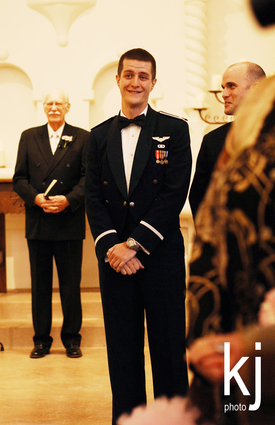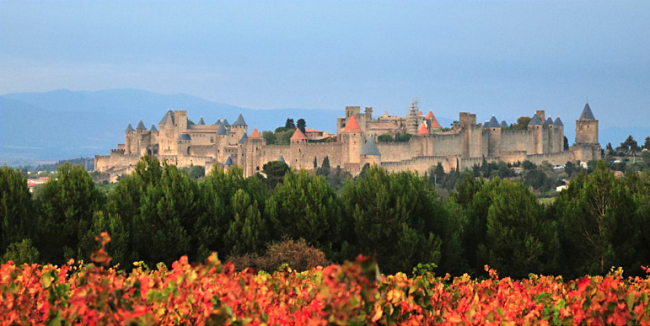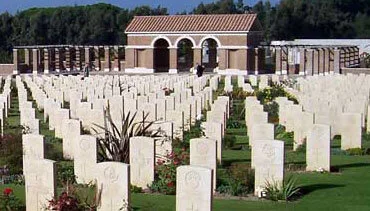I fell in love with Spain. First it was a week in Barcelona, then, a year later, a week in Madrid. By year three, following a week’s tour in the Midi-Pyreees, I couldn’t resist the opportunity to return to Spain and travel its length from Bilbao in the north, through its geographic center of Madrid and on to the former Moorish capital of Granada in the south. But first, I was told, I must visit – and eat in – San Sebastian.
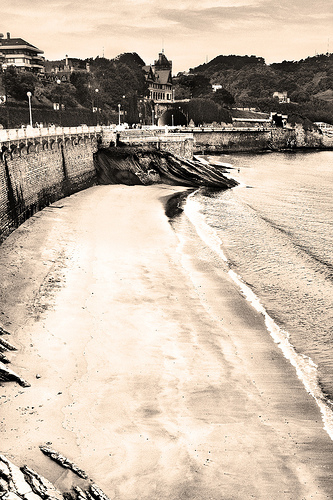 by SwansonRut via flickr (common license)Located on the eastern end of Spain’s Atlantic coast, known as la Golfo de Vizcaya (Bay of Biscay), San Sebastian is considered one of the culinary capitals of the world, a distinction largely lost on this non-foodie. But, as much as gourmandizing does not excite me, the idea of bars competing to outdo each other with exotic and cheap finger food called “pintxos” (pronounced “pinchos,” and essentially tapas) was an adequate inducement, along with San Sebastian’s picturesque setting in a horseshoe-shaped bay with golden sand beaches.
by SwansonRut via flickr (common license)Located on the eastern end of Spain’s Atlantic coast, known as la Golfo de Vizcaya (Bay of Biscay), San Sebastian is considered one of the culinary capitals of the world, a distinction largely lost on this non-foodie. But, as much as gourmandizing does not excite me, the idea of bars competing to outdo each other with exotic and cheap finger food called “pintxos” (pronounced “pinchos,” and essentially tapas) was an adequate inducement, along with San Sebastian’s picturesque setting in a horseshoe-shaped bay with golden sand beaches.
I arrived by train from Toulouse, France, with the rugged Pyrenees providing a continual and stunning southern vista. At the border city of Irun, Spain, the civility and cleanliness of the French train, with the melodious lilt of that language spoken in hushed tones, was markedly replaced by a grimy and worn Spanish train, boarded by shoving one’s way in, and the shouts and grunts in Spanish and Euskara, a baffling pre-Indo European language spoken by the Basque people in northeastern Spain. I was back.
San Sebastian’s seaside does not disappoint. Its broad promenade skirts the entire bay where locals and tourists of all ages, most smartly dressed, stroll arm-in-arm or glide by on bicycles or skateboards. White walled restaurants with royal blue awnings and outdoor seating offer exceptional people-watching opportunities on the promenade or beachside, while upscale apartments and commercial buildings line the boulevard, looking over a green-hilled island and bobbing sailboats to sea.

